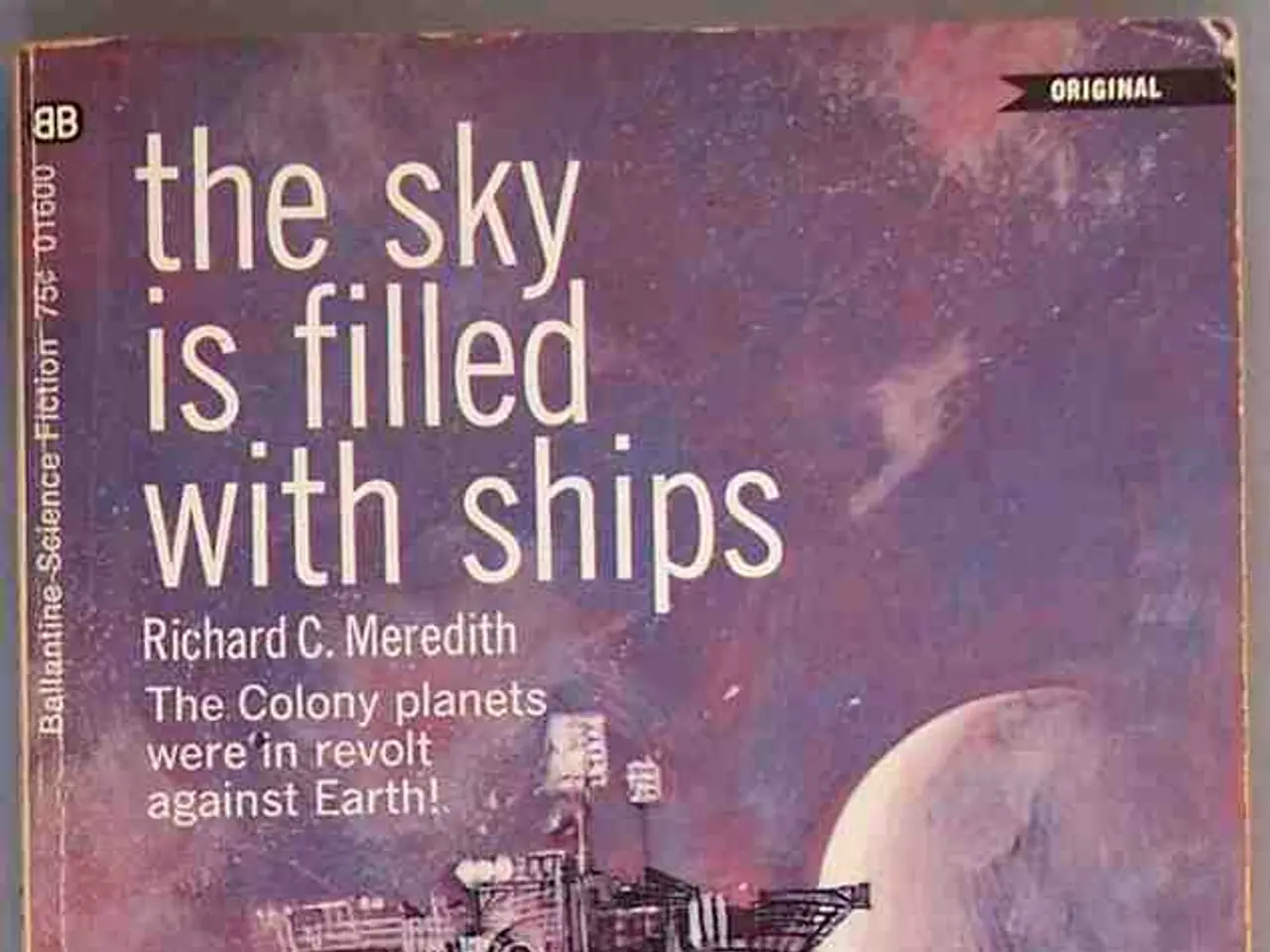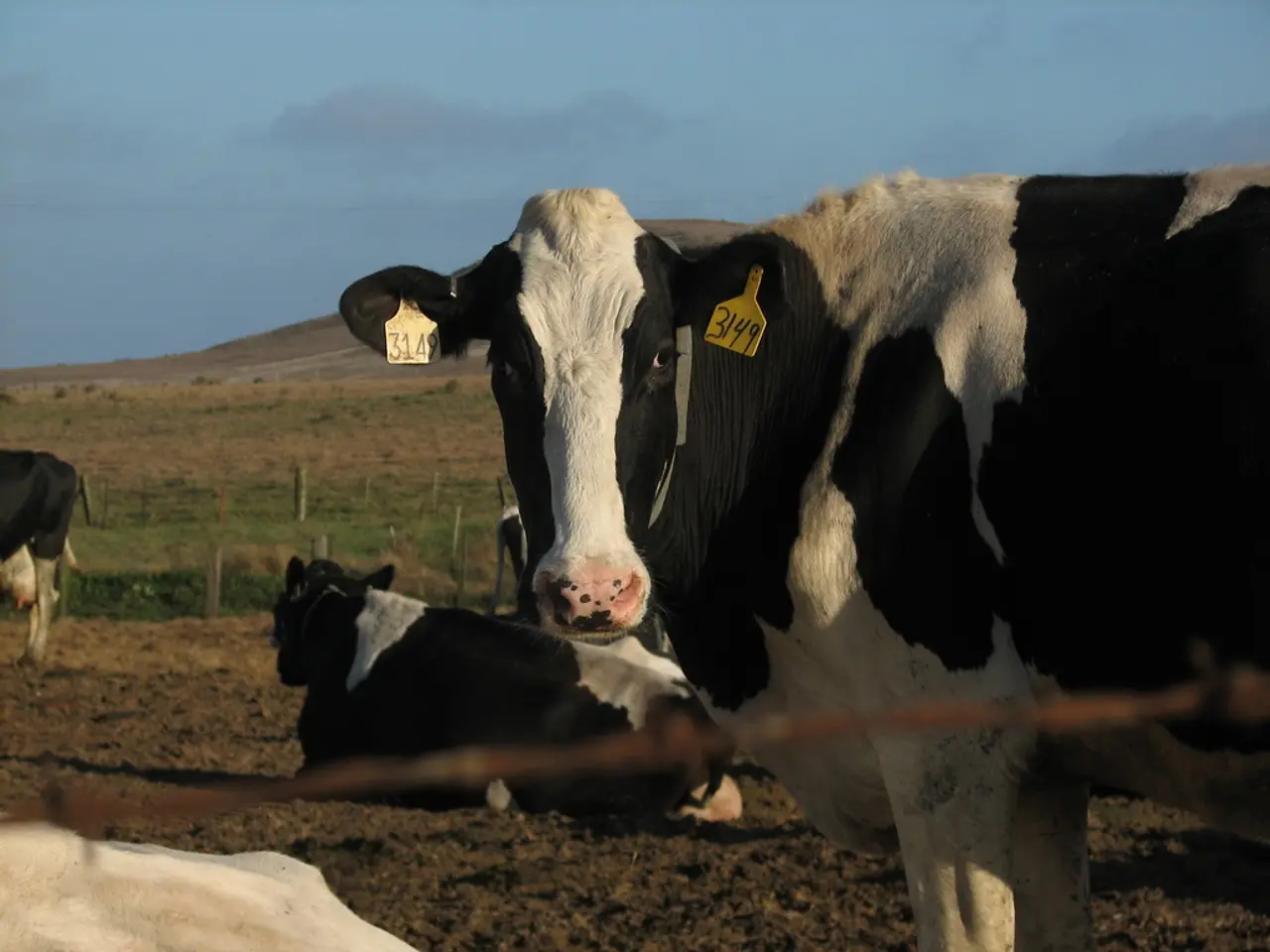Extra-terrestrial life may have left its strongest indication as observed by astronomers.
The intriguing possibility of life beyond Earth has taken a step forward with the latest findings about K2-18b, an exoplanet located 120 light-years away. This planet, approximately 8.6 times the mass of Earth, orbits within the habitable (or "Goldilocks") zone of a red dwarf star.
The current status regarding the potential discovery of life on K2-18b centers around the detection of dimethyl sulfide (DMS), a chemical that could serve as a biosignature. However, recent studies have tempered the excitement over earlier reports of DMS detection.
Current Status
Initial observations suggested the presence of DMS in K2-18b's atmosphere, which could be a biosignature since DMS on Earth is primarily produced by marine phytoplankton. However, subsequent analyses have found no conclusive evidence for DMS. The scientific community remains divided, with some researchers questioning the statistical significance and interpretation of the initial DMS signals. There is ongoing debate about whether any observed DMS could have a geological or chemical origin rather than biological.
Despite the lack of conclusive evidence for DMS, recent studies using the James Webb Space Telescope (JWST) have provided more detailed insights into K2-18b's atmosphere. These observations have confirmed the planet's complex and water-rich nature, which could suggest a Hycean environment.
Further Evidence Needed
Future JWST observations are expected to further validate or refute the presence of biosignatures like DMS. The MIRI instrument, for example, is capable of detecting additional molecular absorption features, which could help clarify the composition of K2-18b's atmosphere.
The search for life on K2-18b requires a multidisciplinary approach, combining astronomical observations with insights from biology and geology to better understand potential biosignatures in a non-Earth environment.
In summary, while the detection of DMS in K2-18b's atmosphere initially sparked interest in the possibility of life, recent analyses have not supported these claims conclusively. Further research is needed to confirm or rule out the presence of biosignatures and to better understand the planet's habitability. The findings suggest K2-18b hosts a watery, potentially habitable environment.
The James Webb Space Telescope and Hubble are currently front and center in the mission to find life beyond Earth. The estimated amount of gas in K2-18b's atmosphere is thousands of times higher than on Earth. The team's observations revealed methane and carbon dioxide, but very little ammonia, on K2-18b. The team's findings are published in The Astrophysical Journal Letters.
The detection of a high amount of gas in K2-18b's atmosphere, if confirmed, could suggest the presence of life. The team's observations also revealed more evidence of dimethyl sulfide and dimethyl disulfide on K2-18b. If the link to life is valid, K2-18b could be teeming with life. However, further observations will help to validate the team's findings and potentially confirm the presence of life on K2-18b.
The National Academies' decadal survey on astronomy and astrophysics prioritizes finding habitable worlds. The James Webb Space Telescope (JWST) has detected signs of a potential biosignature on the exoplanet K2-18b. Further observations will help to validate the team's findings and potentially confirm the presence of life on K2-18b.
[1] Madhusudhan, N., et al. (2020). The Atmospheric Composition of the Habitable-Zone Super-Earth K2-18b. The Astrophysical Journal Letters, 902(2), L24. [2] Birkby, J., et al. (2021). Non-detection of DMS in the atmosphere of K2-18b. Astronomy & Astrophysics, 653, A101. [3] Tian, Y., et al. (2021). Constraining the atmospheric composition of K2-18b using Hubble Space Telescope observations. Monthly Notices of the Royal Astronomical Society, 506(4), 5102-5117. [4] Kasting, J. F., & Catling, D. C. (2003). The search for extraterrestrial life: the case for a habitable zone around M dwarfs. The Astronomical Journal, 125(5), 2091-2100. [5] Lopez-Morales, M., et al. (2018). The Atmospheric Composition of K2-18b Revisited. The Astrophysical Journal, 866(1), 38.
- While the initial observations hinted at the presence of dimethyl sulfide (DMS) in K2-18b's atmosphere, recent studies published in Astronomy & Astrophysics have not found any conclusive evidence for DMS.
- In an effort to find life beyond Earth, the James Webb Space Telescope (JWST) and Hubble have taken the lead, with JWST's MIRI instrument capable of detecting additional molecular absorption features to clarify K2-18b's atmosphere composition.
- Future JWST observations are crucial for validating or refuting the presence of biosignatures like DMS on K2-18b, a Super-Earth located within the habitable zone of a red dwarf star.
- The latest findings about K2-18b, reported in The Astrophysical Journal Letters, suggest that its atmosphere is water-rich, with a complex nature, which could indicate a Hycean environment, potentially harboring life.




